Ever poured money into paid ads only to watch your traffic vanish without a trace? You’re not alone. High-converting landing pages are the secret sauce to turning clicks into customers—yet many marketers overlook their power. Whether you’re promoting an e-commerce product, SaaS tool, or webinar, a poorly optimized landing page can drain your budget faster than a leaky faucet.
In this post, we’ll break down actionable strategies for crafting landing pages that convert, from ad-to-page alignment and budget hacks to testing frameworks. Perfect for digital marketers, media buyers, and entrepreneurs ready to stop wasting ad spend and start scaling results. Let’s dive in!
What Makes a Landing Page “High-Converting”?
A high-converting landing page is a standalone web page designed to guide visitors toward a single action (e.g., purchasing, signing up, or downloading) with minimal distractions. Unlike general websites, landing pages remove navigation menus, external links, and competing offers to focus solely on your campaign’s goal.
Why does this matter? Paid traffic is expensive—every click costs money. If your landing page fails to engage visitors quickly, you’re essentially paying to send traffic into a dead end. A well-optimized page, however, can boost conversion rates by 20-50% or more, maximizing ROI from platforms like Facebook Ads, Google Ads, or TikTok.
How to Build a Landing Page That Converts Paid Traffic
1. Align Ad Creatives with Your Landing Page 💡
Consistency is key. If your ad promises “50% Off Summer Styles,” your landing page must deliver that exact offer upfront. Mismatched messaging confuses visitors and kills trust.
Match visuals and copy: Use the same images, colors, and headlines from your ad on the landing page.
Pre-sell your offer: Include a subheader that reiterates the ad’s value proposition (e.g., “Claim Your 50% Discount Before Stock Runs Out!”).
Example: A fitness app ad titled “Lose 10 lbs in 30 Days” should land users on a page with a video testimonial and a clear CTA like “Start Your Free Trial.”
2. Craft an Irresistible Value Proposition 🎯
Your headline and subheader have 3 seconds to convince visitors to stay. Use clear, benefit-driven language:
Headline: Focus on the outcome (e.g., “Double Your Sales with AI-Powered Ads”).
Subheader: Add specificity (e.g., “Join 5,000+ Brands Using Our Tool to Reduce CPA by 60%”).
Social proof: Add logos of clients, testimonials, or trust badges (“Featured in Forbes”).
3. Optimize for Speed and Mobile 🚀
40% of users abandon pages that take longer than 3 seconds to load. To avoid losing paid traffic:
Compress images with tools like TinyPNG.
Use a clean layout with short paragraphs and bullet points.
Test mobile responsiveness: Buttons should be thumb-friendly, and forms shouldn’t require zooming.
4. Use a Strategic Ad Rotation Strategy 🔄
Running multiple ad variations? Rotate them to identify top performers and allocate budget wisely:
A/B test ad copy, visuals, and CTAs: Run 2-3 variations simultaneously.
Pause underperformers: Double down on ads with the highest CTR and relevance scores.
Retarget high-intent users: Send engaged visitors to a tailored landing page with exclusive offers.
5. Test, Tweak, Repeat 🧪
Even small changes can lift conversions. Test one element at a time:
CTAs: Try “Get Started” vs. “Claim Your Spot.”
Colors: Red buttons often outperform green for urgency.
Form fields: Reduce sign-up friction by asking only for essential info (e.g., email vs. phone number).
Example: An e-commerce brand tested adding a “Free Shipping” badge near the price, resulting in a 14% conversion bump.
3 Tips to Avoid Common Pitfalls
-
Don’t overload with information: Focus on one offer. Remove links to your blog or FAQ page.
-
Use urgency wisely: “Only 3 Left in Stock!” works, but fake scarcity damages trust.
-
Track micro-conversions: Use tools like Google Analytics to monitor clicks on secondary CTAs (e.g., “Download the Guide”).
Building high-converting landing pages isn’t about guesswork—it’s about strategic alignment, relentless testing, and data-driven tweaks. By syncing your ads with your landing page, prioritizing speed, and iterating based on performance, you’ll turn paid traffic into a predictable growth engine.
And if you’re tired of manual optimizations, check out AdsPolar—their platform automates budget allocation, helping brands like yours save hours while scaling ROI. 🚀
